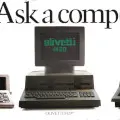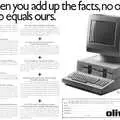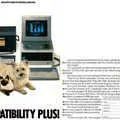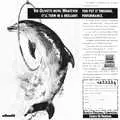
Olivetti Advert - April 1983
From Personal Computer World
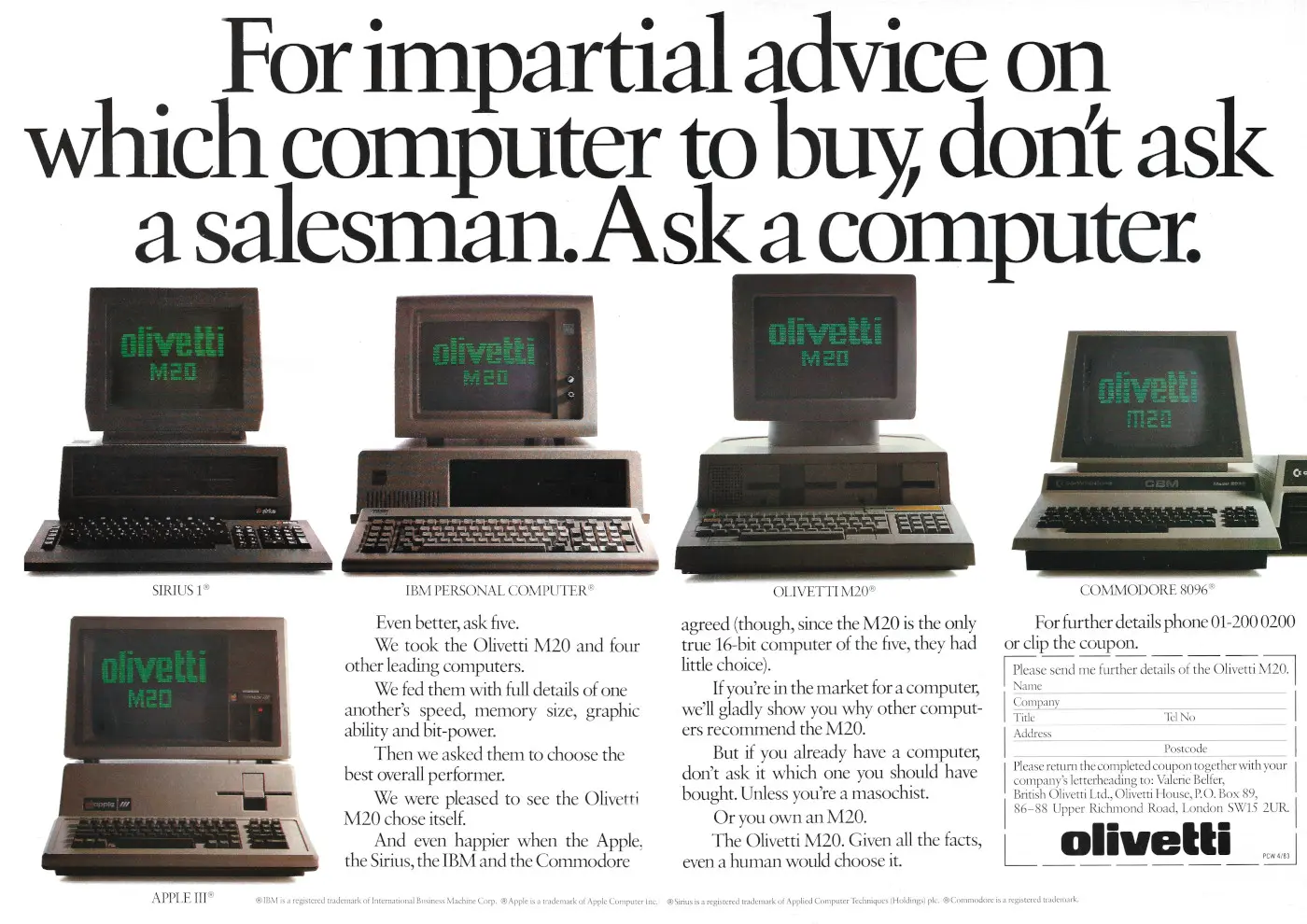
For impartial advice on which computer to buy, don't ask a salesman. Ask a computer
This is one of those implausible ads where the reader is expected to believe that Olivetti really programmed a bunch of computers in order to determine which, based on specs and performance, was the best machine available.
Even more implausibly, there was actually some sort of programming involved, although it was apparently nothing like that seen on the TV version of the same advertising campaign. In a lengthy rant about it, Guy Kewney wrote in May 1983's Personal Computer World about the scoring system used, saying:
"First [Olivetti] awarded itself 30 points for having 'true 16-bit power' rather than the 8/16 bit of the IBM and the Sirius, which only got 20 marks. The Apple III and the PET only got 10 because they were 8-bit. Second, it awarded itself 10 points (and the same to all the others except the PET) for having high-resolution graphics. The PET had graphics so it got five points, but they weren't hi-resolution. Then it awarded itself (and the Apple and the IBM) ten more points for having colour. Sirius and PET only got five (colour is twice as good as monochrome). Finally it noted that the Sirius had nearly twice as much memory at 896K than the M20 and IBM at just over 500K - but reckoned that the double capacity wasn't worth that much more. Probably only 30 points for Sirius as opposed to 23 points for themselves. And of course the Apple only got 16 points and the PET got nearly 10 points. They then decided that these scores should be added up, and the machines should be compared by subtracting the value, in seconds, of the benchmark timings published in Personal Computer World. So the Olivetti scored 61 points, the Sirius 40. And, final absurdity, the PET 8096 got a negative score [of] minus 4. You might think that when the minus score came out, somebody would have twigged 'Hey, this must be a measurement of nonsense - because we've just proved that having a PET is a handicap to running programs' - but no[1]".
That flaw aside, adverts which show several of the machines of the day together are always interesting, if nothing else to highlight how diverse the market was even early in to the era of the IBM PC - these machines aren't simply variations on the IBM PC theme, they are all fundamentally different and largely incompatible systems.
The advert does happen to contain the original IBM - the 5150 - which would go on to define the WinTel (Windows/Intel) version of the micro world for decades, but also has the similar-but-different Sirius 1 and two 6502-based machines - Apple's ill-fated III and Commodore's venerable 8096 PET.
The Commodore in particular shows off its 1970s legacy by being the only machine to still use solely external disk drives, although it does make the PET look positively svelt and compact compared to the bulky monsters beside it.
Towards the end of 1983, the M20 received an upgrade in the form of quad-density floppy disk drives. The original machines had been offered with 160K or 320K drives, but the upgrade gave a decent 640K per drive, albeit unformatted.
This required an update to Olivetti's PCOS "Professional Computer Operating System" which became the standard for all new machines. The update supported existing software, but older machines could not be upgraded to it or take advantage of the new disk hardware.
The cost of an M20-HQ with one of the 640K drives and an 11MB hard disk clocked in at £5,284 - £23,300 in 2025.
Also in October 1983, Olivetti launched a £200 8086 co-processor card for the M20, which finally gave it MS-DOS and CP/M-86 compatibility.
It filled an important gap as the M20 had previously been considered to be "out on a limb", not least because of its unusual Z8000 processor and own-brand operating system.
The M20, with the add-on card and twin floppy drives was available from British Olivetti for £2,695, or about £11,900 in 2025[2].
Date created: 05 December 2014
Last updated: 11 December 2024
Hint: use left and right cursor keys to navigate between adverts.
Sources
Text and otherwise-uncredited photos © nosher.net 2025. Dollar/GBP conversions, where used, assume $1.50 to £1. "Now" prices are calculated dynamically using average RPI per year.
